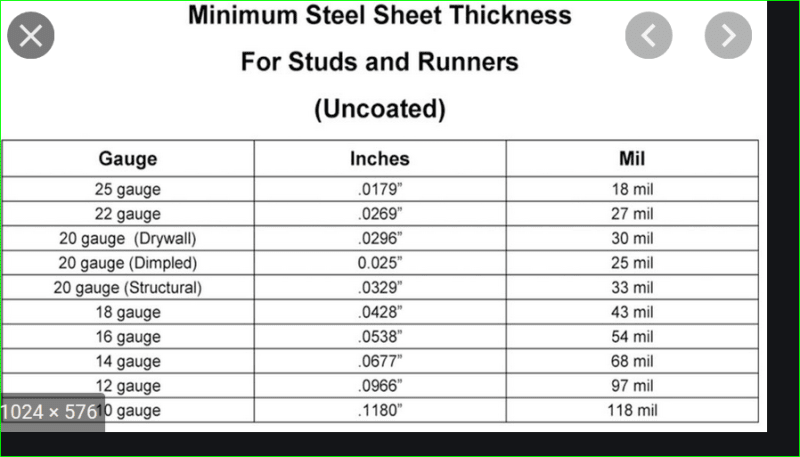Mandrill22
Mechanical
- Jul 30, 2010
- 113
Does anyone know how to verify what the minimum gauge requirement would be for a steel stud behind drywall? I think that ASTM C754 would have it, but I have no way of knowing without the document itself and I don't want to buy it just to find out that the min thickness isn't on there. Any help would be much appreciated.

